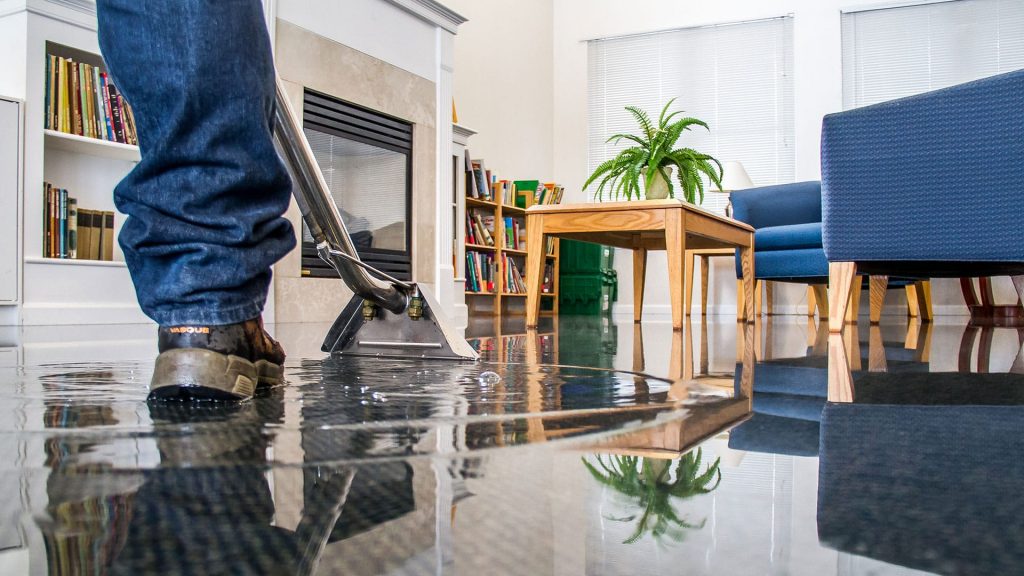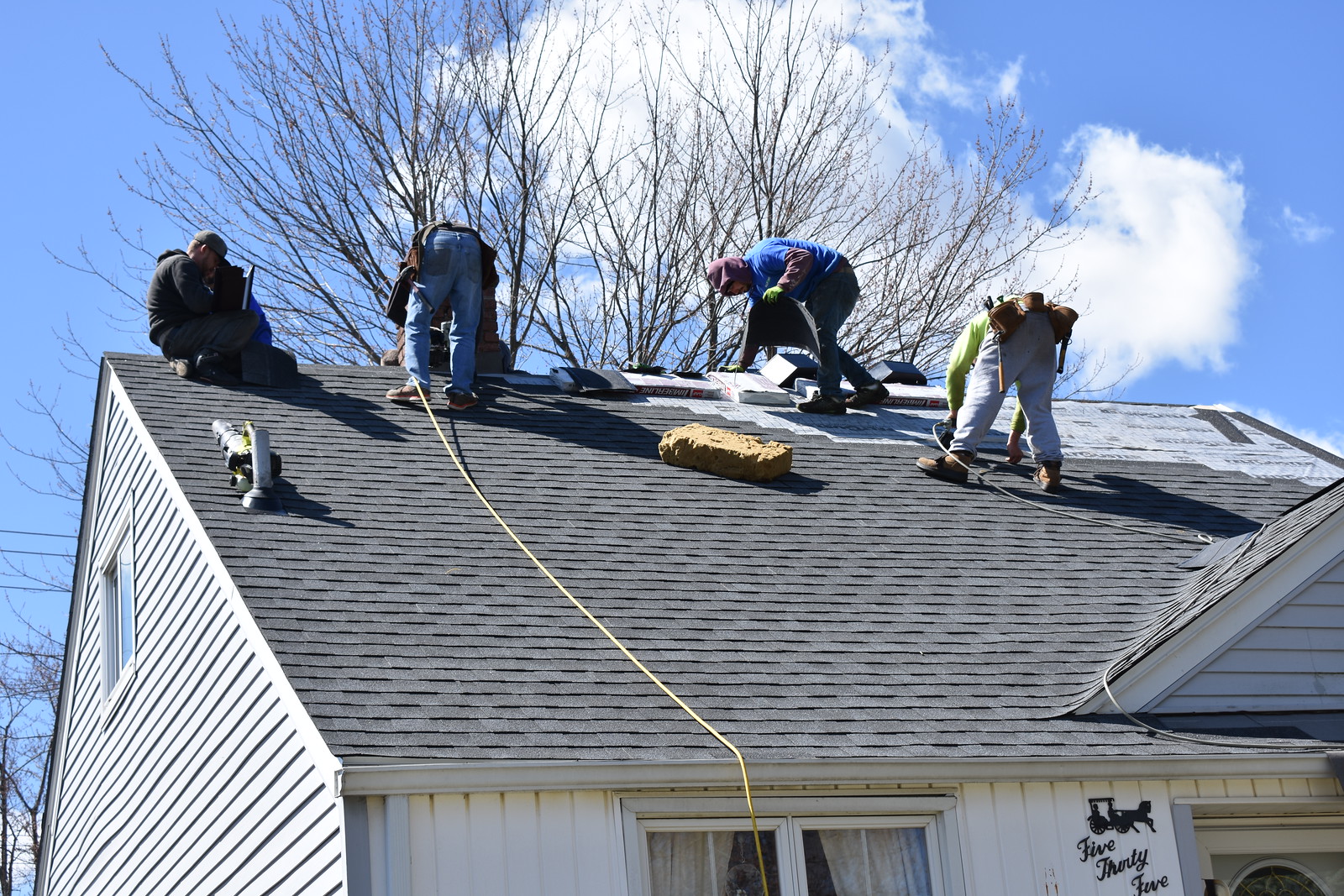Repairs and updates are needed constantly on older houses. Older houses can be dangerous to live in because many mistakes can happen when repairing them. Identify and avoid the common errors likely to come up by knowing what to look out for and avoid.
Table of Contents
Renovation mistakes you should avoid
Increasingly, we find ourselves needing to renovate and repair our houses over the years. Many of the “leisure’ activities you do we spend on fixing or attempting to fix what doesn’t work. An older place is more likely to undergo a property restoration project. Renovations and repairs don’t always go according to plan, even with the best intentions. The homeowner is often at fault for these mistakes because they rush or save money by doing cheap (often ineffective). However, if you can manage it on your own, avoid these mistakes. When it comes to property restoration services, you should always hire an expert.
Unrealistic Budgets
You can establish a budget as part of your planning process. Older homes require more repairs, so some contractors take advantage of this to work on houses that don’t have a budget. You must create a professional and accurate budget when you work in older homes. You’ll probably need more money for unforeseen issues. Expect to spend a considerable amount of money on a restoration company. Their experts will be able to draft an appropriate budget for the restoration of your property.
The risk of starting without a plan
Planned activities are often considered unnecessary and wasteful by homeowners. If you only want to alter one small detail, why duplicate the existing features on paper? Those people fail to believe that even the most minor changes can adversely affect another aspect of the home. A house’s foundation or termite damage often needs to be repaired fast in older houses. Many people fix these problems in a hurry without thinking about the long-term implications. It would be some legwork to find restoration companies near me. Choosing the contractor who takes the path of least resistance can sometimes mean choosing the path of most negligible impact instead of considering what their work will do to other, upcoming or current projects. Homeowners often trust tradespeople to use their common sense and make logical decisions, but that’s not always the case. Make sure you explain it to them in detail. A successful renovation requires careful planning, consideration of every detail, and an understanding of the goals.
Remodel the property and resell it after renovations
Purchasing a house with the expectation that it will be renovated and flipped is popular. This type of assignment seems easy on television. In a flipping show, cosmetic improvements usually take place: the place gets painted, new carpeting goes in, and the fixtures are updated, and it is ready to sell. However, over a decade old house will take much longer to flip by the damage restoration company. Planning and designing these houses is crucial. The foundations often need to be rebuilt and new systems installed. Renovations and repairs are both complicated and expensive and require a well-trained team. In addition, simple fixes can seriously reduce a classic home’s value and damage its overall look, so be careful. Flipping old houses may not be the best investment.

Dangerous environments mishandled
There is asbestos and lead paint in an old house and two environmental hazards in modern homes as detected by emergency restoration services. Unfortunately, many people do not take appropriate precautions when dealing with these hazards. When it comes to asbestos disposal in conjunction with the material it’s adhered to, it must be removed, enclosed, or encapsulated. Those who disturb painted surfaces built before 1978 should be certified to handle lead paint. The environmental dangers associated with older houses are less than those associated with newer homes except for these two. Compared to conventional glues and plastics, they contain less formaldehyde and no synthetics. Furthermore, they lack the drywall in which mould thrives, making them less likely to host mould.
Don’t Waste Your Home’s Valuables.
According to professional restoration services, there are numerous ways to repurpose spaces in old homes without building or expanding the building. The traditional living room and dining room are no longer used in homes today. Ideally, the goal would be to repurpose the spaces and improve their functionality. You could turn an old dining room into a children’s playroom or a home office. Attics and basements commonly occur in older houses. These structures typically use them as storage, but they could also serve as living rooms. A cellar might be the perfect location for a “man cave.”
Those who want to bring their houses up to date by implementing current trends will likely use styles that will seem outdated in just a few years. It is safer to design your house with the future in mind than to design it based on popularity fifty years from now. It forces you to scrutinise your home and ensures its timeless character.
The process of restoring an old home can be the most rewarding thing in the world, but it can also cost quite a bit of money-so getting it right from the beginning is the best thing to do. Renovators should avoid these six mistakes to avoid feeling regret later in the process.




